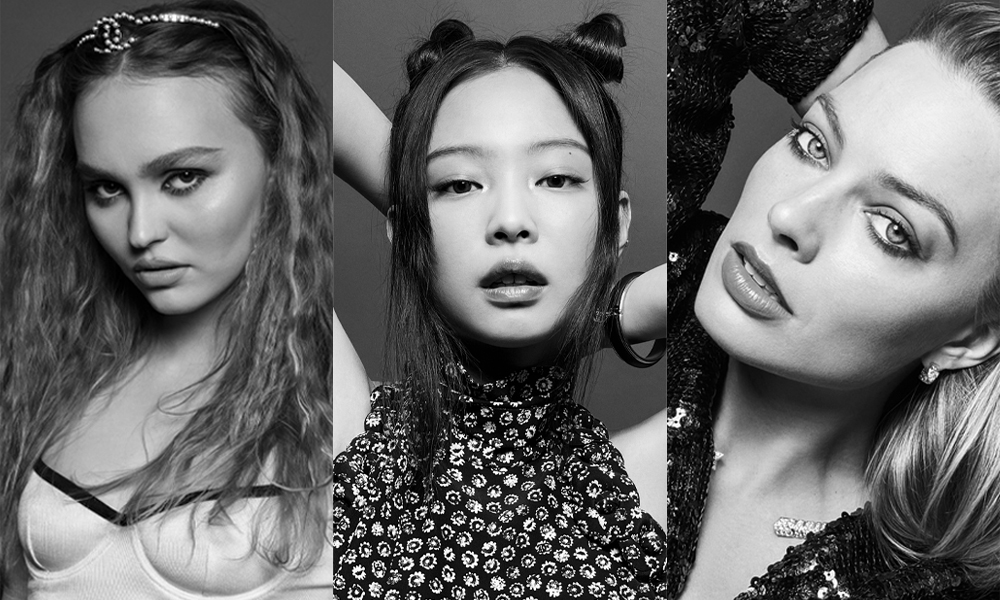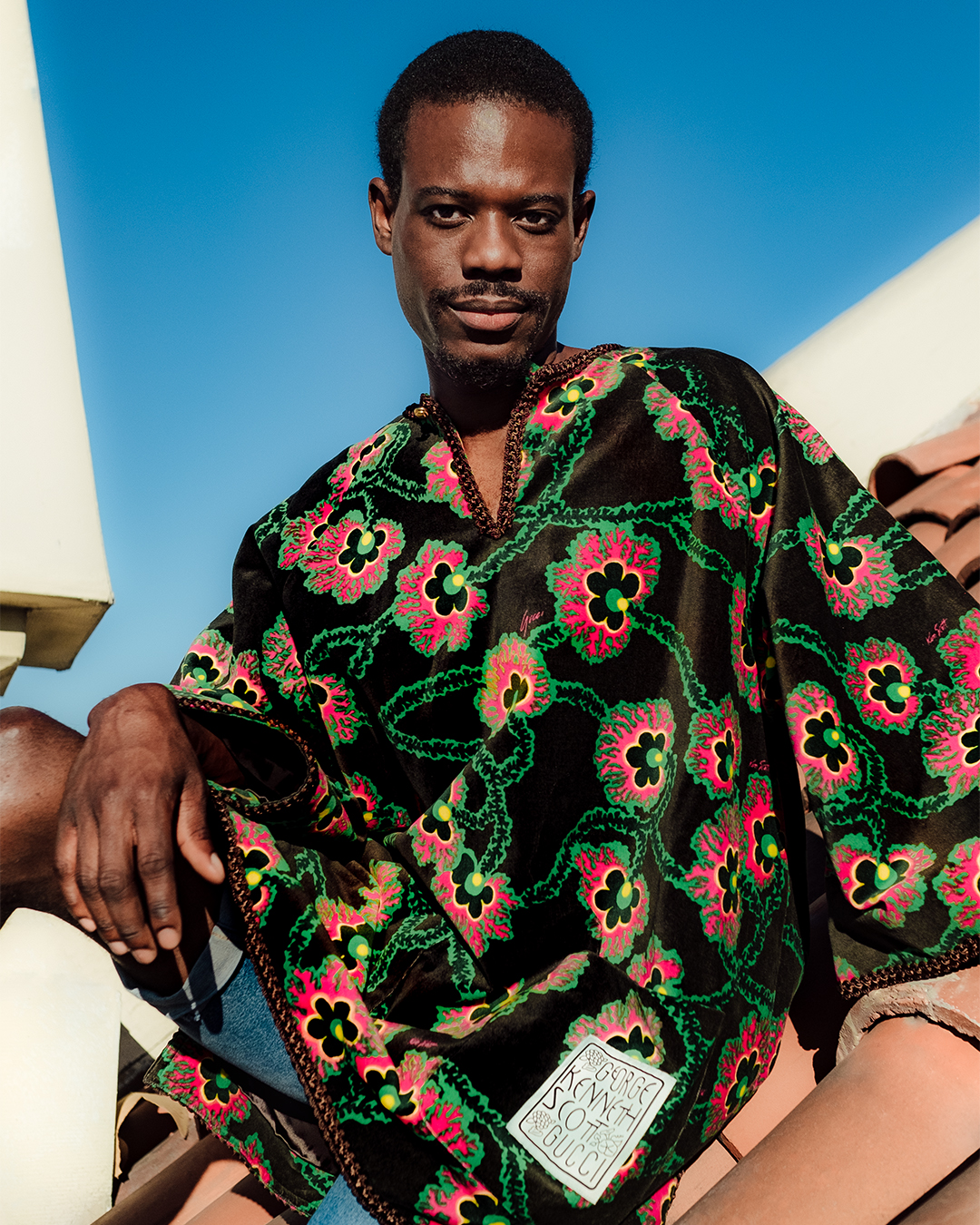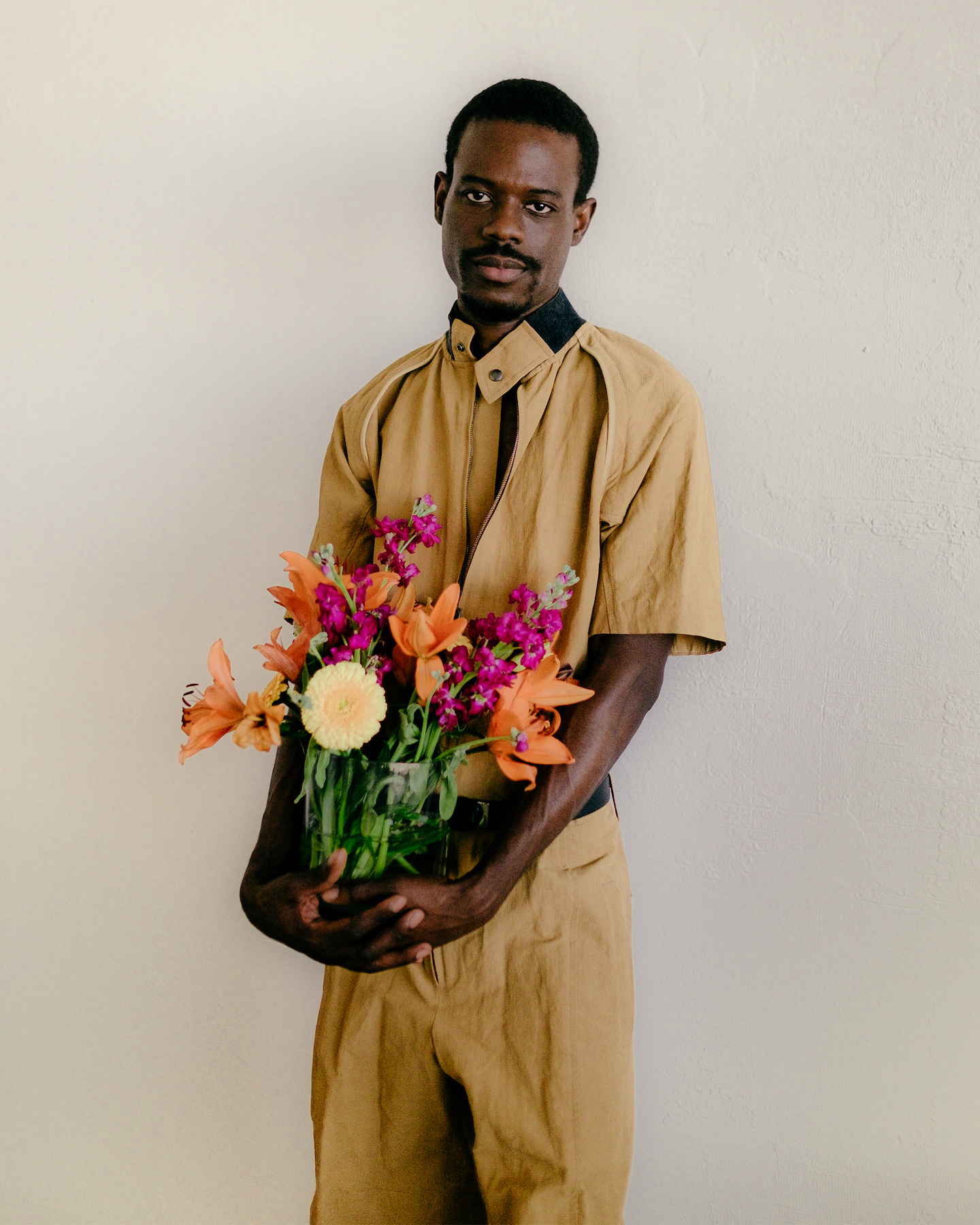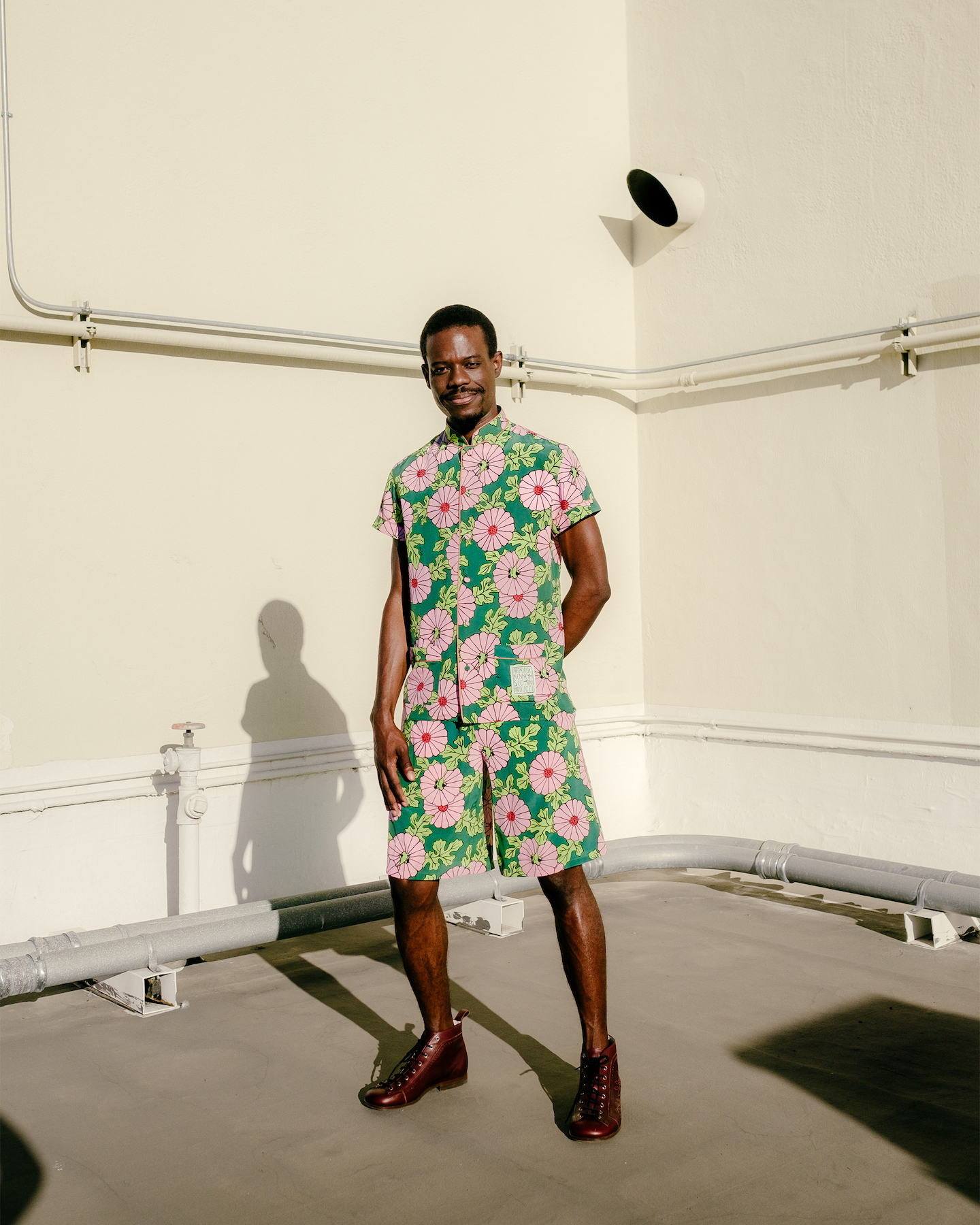Diedrick Brackens Weaves His Own Experience into Powerful Tapestries
In our conversation with the Los-Angeles artist, he discussed his latest exhibit at the Jack Shainman Gallery, blessed are the mosquitoes, which goes up June 24th.

There’s a small, man-made lake in Diedrick Brackens’ hometown of Mexia, Texas, where Brackens draws his artistic power. The artist drives to the lake to get inspiration for his pieces, which uses the language of weaving to explore identity and sociopolitical issues in the United States. Lake Mexia is a nexus for the community to come together for celebrations. While there’s been a lot of joy, there’s also been a lot of grief.

In the ‘60s, Brackens’ aunt drowned in the lake during a car crash, and, during 1981’s Juneteenth celebration, three Black teenagers drowned while in police custody. The latter inspired bitter attendance, drown jubilee (2018) showing two figures swimming among three catfish. The catfish represent “those who have departed,” he says, speaking from his minimalist studio in Leimert Park, Los Angeles. “These creatures are sustenance, and that there’s this perfectly closed loop of eating it, it eating us, it being us.”

A graduate of California College of the Arts, Brackens’ work is often inspired by a historical event yet given a through-line to the present with his weaves. Weft by weft, Brackens slowly layers fuchsia, gold, and plum cotton threads to create dynamic tapestries that explore the long-term impact of the AIDS crisis on the Black community in his upcoming show at NYC’s Jack Shainman Gallery. “Texture and fabric and color gets people really excited,” he says solemnly. “The power of the medium is that I can get people to come in really close—and if there’s something horrific or tragic embedded there, they will likely see something they would otherwise not engage [with].” Titled blessed are the mosquitoes, the work references the “bugchasing” subculture of men who actively seek HIV infection, while also commenting on the freedom to live life on one’s own terms.

The beauty of Brackens’ work is not only in his ability to weave folklore, religion, Black history, and his own lived experience into his powerful tapestries—but also his unapologetic way in which he does so. “I’m here. I’m queer. I’m Black,” he says affirmatively. “These are the things I’m looking at, and this is what I want you to look at.”
Discover More
